|
|
|
Книги издательства «Oxford University Press»
|
A selection of activities for vocabulary work with children from 4 to 12 years of age. Each unit gives clear and accessible details of how to prepare, organize, and teach a lesson including examples of teacher language in the classroom. Taking into account the most effective ways in which children learn, the activities are designed to encourage the recall and recycling of vocabulary. |
|
Thirty simple activities designed to inform and give practice in discussing cultural topics with classes up to intermediate level. The activities are quick and easy to prepare and require few, or no, additional resources. An introduction provides guidance for teachers unfamiliar with the communicative approach. |

|
Oxford Basics are short, easy-to-use books based on communicative methodology. They provide ideas for teachers and guidance on how to handle everyday classroom situations. |
|
This book contains 30 activities at elementary level, complete with ideas for boardwork and pictures teachers can copy. All the activities are simple and adaptable. They are particularly well-suited to classrooms where there are few resources apart from a board, paper, and pens — and of course the teacher and learners themselves. |
|
This book contains 30 activities at elementary level, complete with ideas for boardwork and pictures teachers can copy. All the activities are simple and adaptable. They are particularly well-suited to classrooms where there are few resources apart from a board, paper, and pens — and of course the teacher and learners themselves. |
|
This book contains 30 activities at elementary level, complete with ideas for boardwork and pictures teachers can copy. All the activities are simple and adaptable. They are particularly well-suited to classrooms where there are few resources apart from a board, paper, and pens — and of course the teacher and the learners themselves. |
|
This book contains 30 activities at elementary level, complete with ideas for boardwork and pictures teachers can copy. All the activities are simple and adaptable. They are particularly well-suited to classrooms where there are few resources apart from a board, paper, and pens — and of course the teacher and the learners themselves. |

|
This book contains 30 activities at elementary level, complete with ideas for boardwork and pictures teachers can copy. All the activities are simple and adaptable. They are particularly well-suited to classrooms where there are few resources apart from a board, paper, and pens — and of course the teacher and the learners themselves. |
|
In this text, 25 lessons illustrate a wide variety of techniques to introduce and practice a range of grammatical structures between elementary and intermediate level. The lessons are easy to follow, prepare and adapt, and the teaching ideas introduced should be useful both for less experienced teachers and for teachers who wish to broaden their repertoire. Few or no additional resources are required for each lesson. |
|
90 activities focusing on productive and receptive skills, vocabulary, grammar, and culture. Designed for use as self-study, in one-to-one situations, or in small groups. |
|
This book offers a carefully-structured series of activities which, in a non-threatening way, guides learners to write their own stories. The range of language practised includes speaking and writing skills, tenses, descriptive adjectives, reporting verbs, direct speech, functions, discussion and argument, letters and diaries. |
|
This book provides a wealth of creative, imaginative activities with integrated language practice. The activities can be done with minimal resources, and do not need special artistic expertise on the part of the teacher. |
|
This book offers over 60 activities especially suited to middle school and high school teachers who teach other subjects through English. |
|
Provides advice and activities to make working with teenagers a rewarding and enriching experience. Teenagers encourages learners to notice how language works, promotes cultural awareness, develops creative thinking and problem-solving skills, and appeals to teenagers' curiosity beyond the confines of media-driven popular culture. |
|
English KnowHow responds to the practical language needs of adult and younger adult learners. |
|
English KnowHow responds to the practical language needs of adult and younger adult learners. |
|
English KnowHow responds to the practical language needs of adult and younger adult learners. |
|
English KnowHow responds to the practical language needs of adult and younger adult learners. |
|
Winnie and Wilbur are settling down for a lazy afternoon. But when Wilbur accidently smashes one of Winnie's vases he hides to evade suspicion... He then goes on to bring down Winnie's curtains and her chandelier — each time hiding himself away. Winnie begins to think her house must be haunted. She instigates what she thinks is a spell to fix a haunted house but ends up instead filling her house with skeletons, ghosts, spiders, bats and owls. Spooktacular hilarity unfolds until Wilbur emerges from his hiding place, Winnie gets the spell right, normality is restored and all is well — but Winnie will never know just who was haunting her house in the first place. |

|
Testing is only one component in the evaluation process. This book shows how this process can form an integral part of teaching and learning, how it can provide teachers and other ELT professionals with valuable data that can be used to inform, and develop classroom practice. It both examines the principles underlying evaluation and provides practical guidance in the planning of evaluation activities. |
|